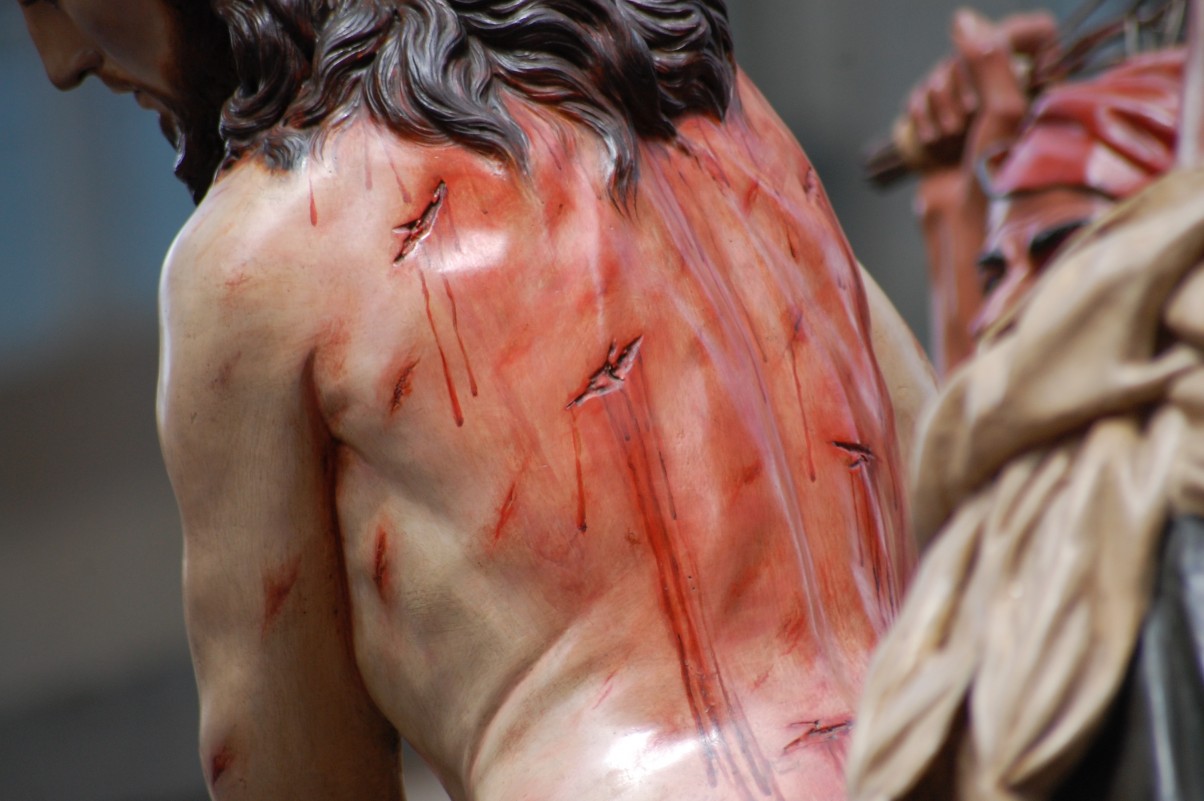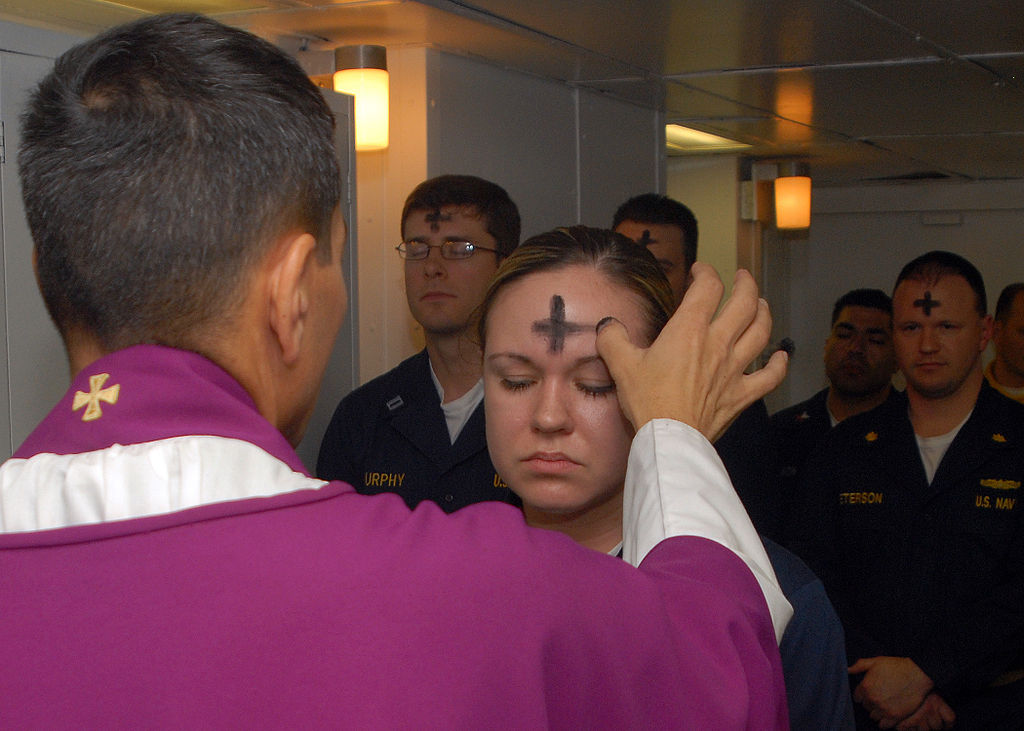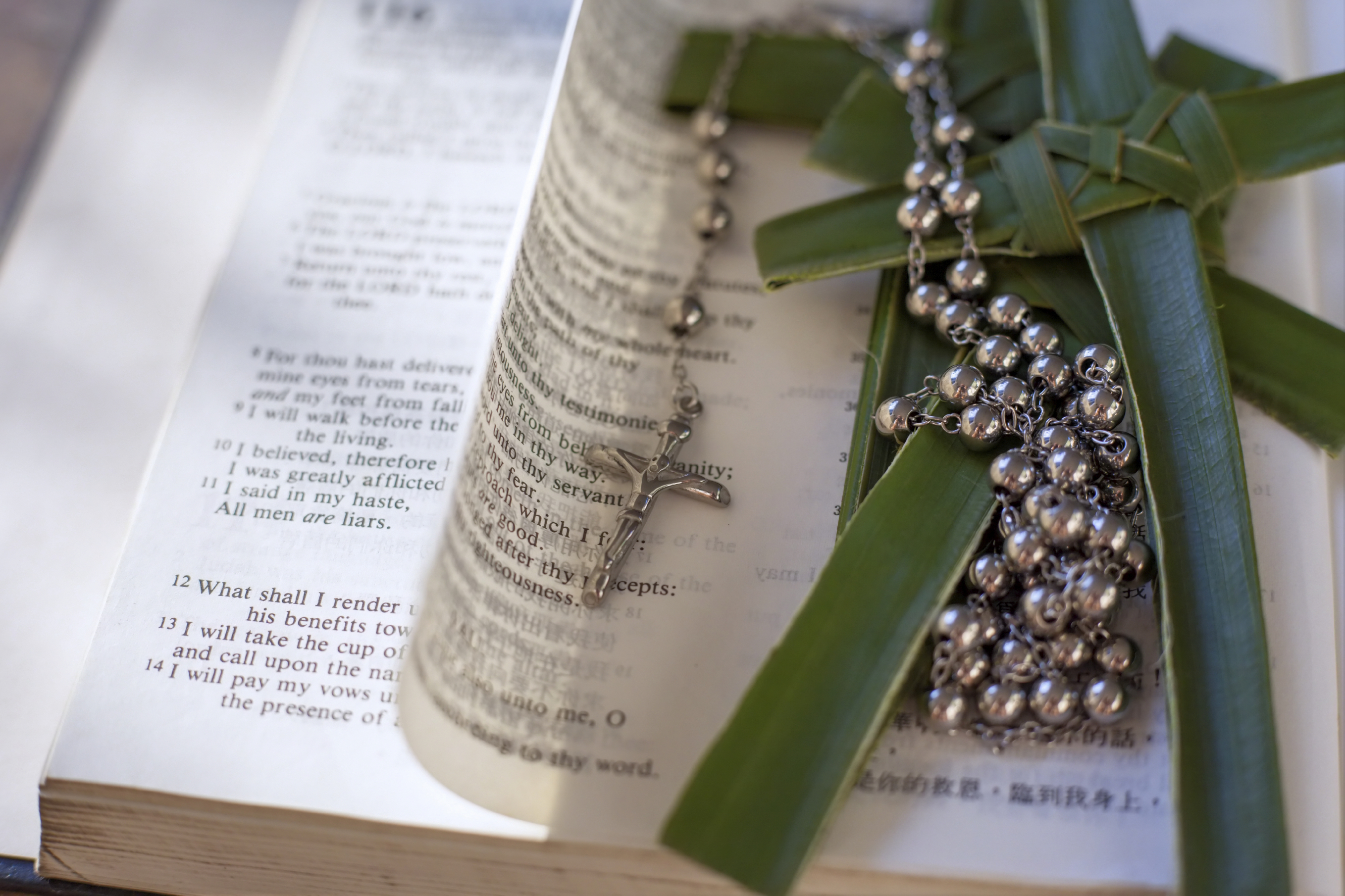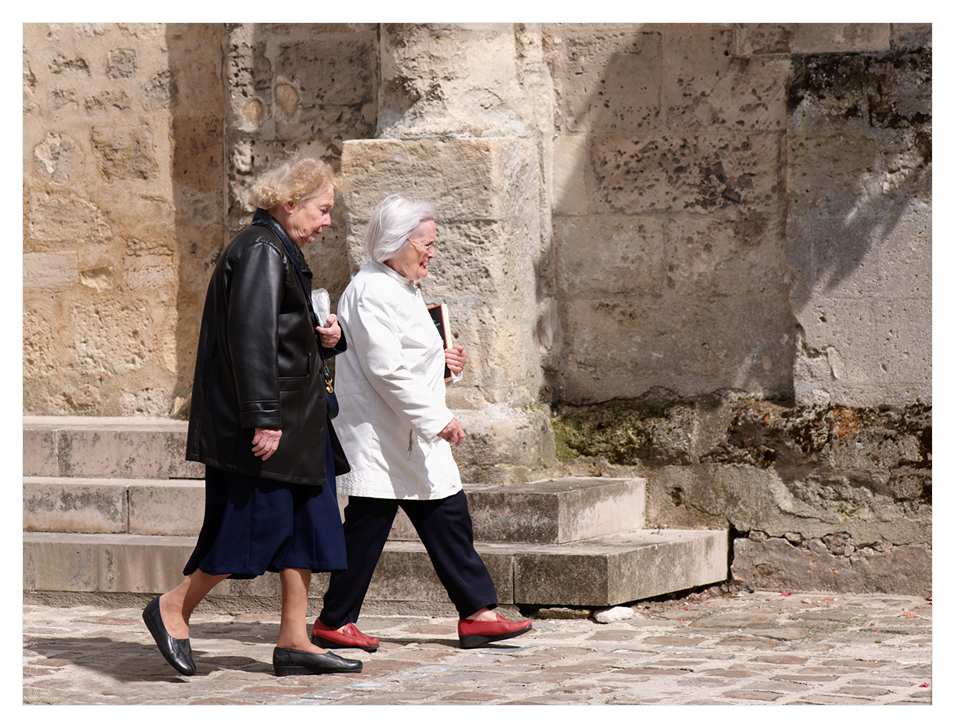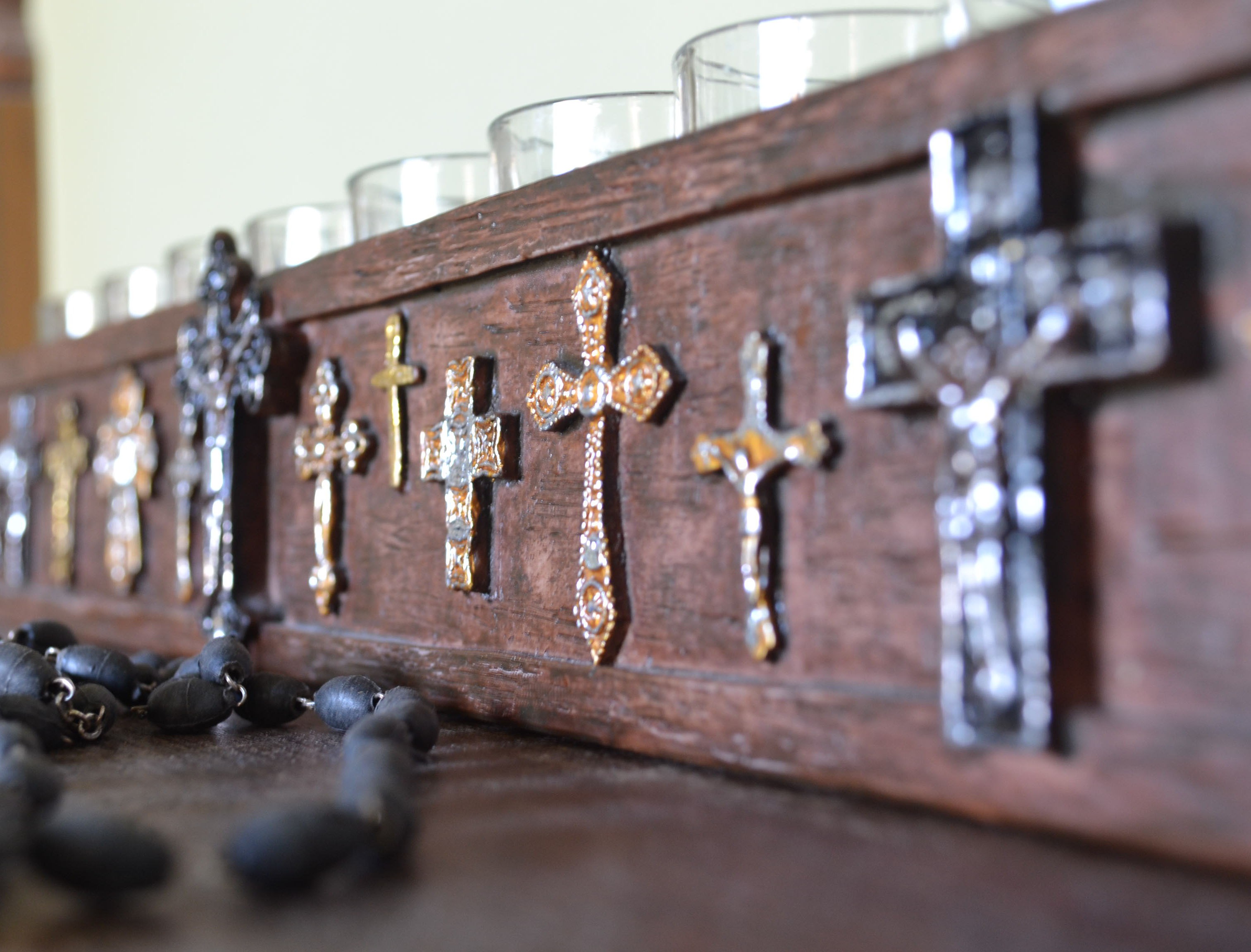The book of Tobit in the Old Testament is a fascinating story. It was likely written about 200 years or so before the birth of Christ, and it truly is a story, with a beginning, middle and end. It’s also a great book to undertake as Lenten reading. It’s not very long; one can easily read through it in an evening. (But take your time! There is a lot here to enjoy.)
Tobiah is the son of Tobit, the central figure, a pious Jew who keeps the Law. Tobit, through a rather outlandish event, is struck blind. This, along with thinking that his wife has stolen something, causes Tobit to beg God for death.
Meanwhile, in a distant town, a young woman named Sarah has had the unfortunate experience of being widowed – seven times, each time on the night of her wedding. People are starting to wonder if Sarah is not killing these men.
Now Tobit – hoping to retrieve some money so that he and his wife can be buried – sends Tobiah on a curious journey. He offers him a long list of “dos and don’ts” for the trip. As Tobiah starts off, he is joined by a man who introduces himself as Azariah, a kinsman of Tobiah’s, but he is really the archangel Raphael. (If this is sounding a bit like a soap opera, than you’ve got the right idea. This type of story would have offered a lot of entertainment to the Jewish listeners.)
One of the commands that Tobit has given his son is to marry while he is on this journey. “Azariah” steers him toward Sarah. Tobiah is a bit put off; isn’t this the woman whose husbands keep dying? But “Azariah” calms him and the two marry.
Chapter 8 of the book of Tobit has one of the most beautiful passages in the entire Bible: a prayer offered up by Tobiah and Sarah on the night of their wedding.
Blessed are you, O God of our ancestors;
blessed be your name forever and ever!
Let the heavens and all your creation bless you forever.
You made Adam, and you made his wife Eve
to be his helper and support;
and from these two the human race has come.
You said, ‘It is not good for the man to be alone;
let us make him a helper like himself.’
Now, not with lust,
but with fidelity I take this kinswoman as my wife.
Send down your mercy on me and on her,
and grant that we may grow old together.
Bless us with children.
Clearly, this journey Tobiah must make is a peculiar one. An angel in disguise, a widow seven times over, the appearance of a large fish, the expelling of a demon … there’s never a dull moment!
While one could read this book as “just” a story, that would be missing the point. Tobiah must trust his father, his traveling companion, his new bride and ultimately God. And while strange things occur, tragedy abounds and things often are not as they seem, Tobiah trusts. He is faithful.
The prayer he prays with Sarah the night of their wedding blesses God, pledges Tobiah’s fidelity and begs for mercy and the grace of growing old together. Tobiah’s journey is much like what many of us face: family issues, health complications, strange characters to deal with and problems popping up on all sides. Tobiah’s example is a rich and powerful one: trust in God. Follow His will. Do good. Respect your family. Don’t be discouraged. And at the center of it all is love: love for parents, love for one’s spouse, love for God.
This Lent, do yourself a favor and read the book of Tobit. Travel with Tobiah and ponder how his story has meaning for your Lenten journey.
